Ben Bosiak
Advisor: Lancelot Coar and Herb Enns
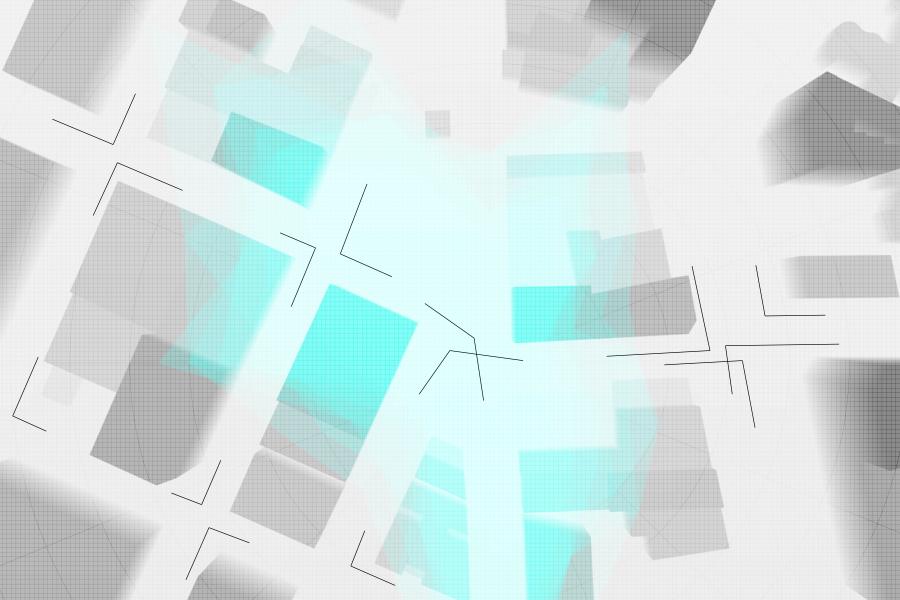
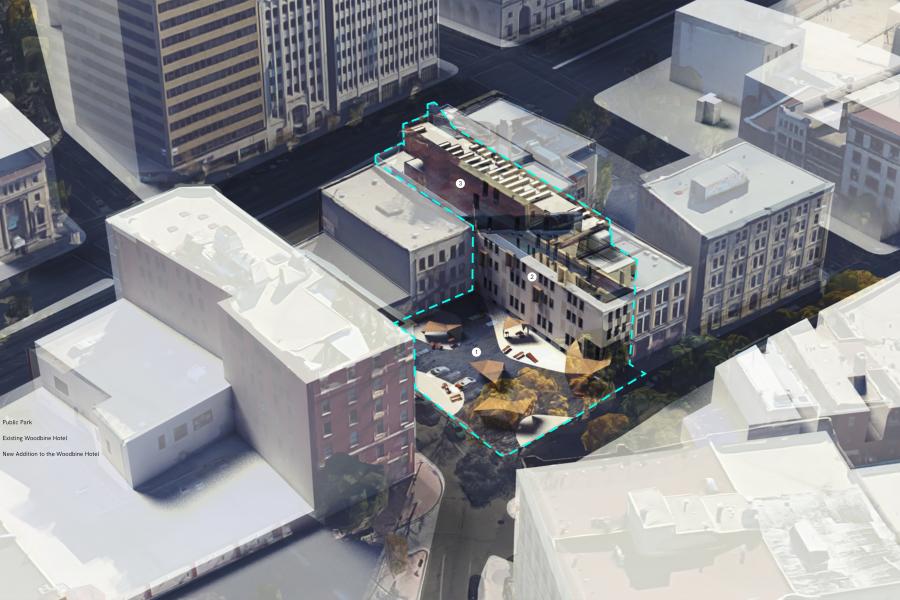
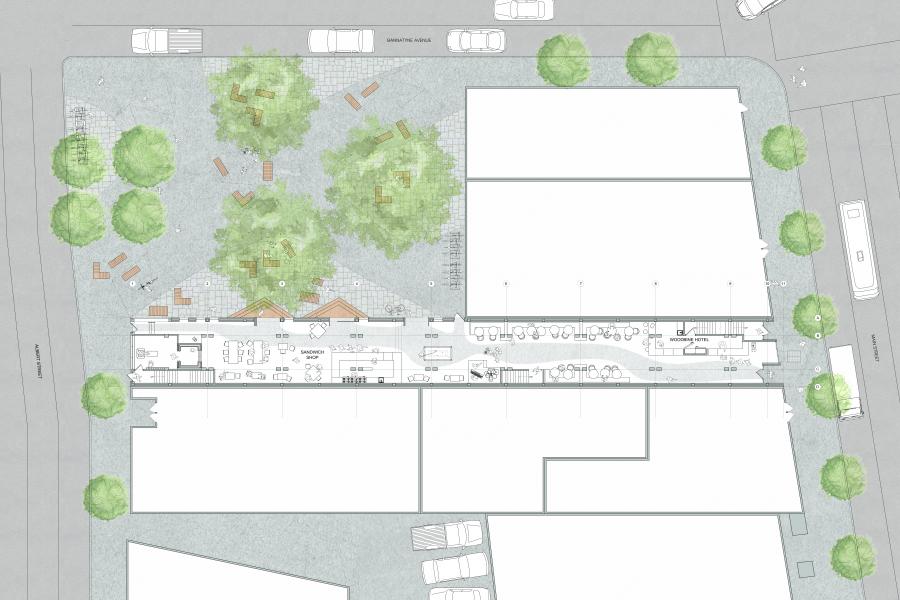
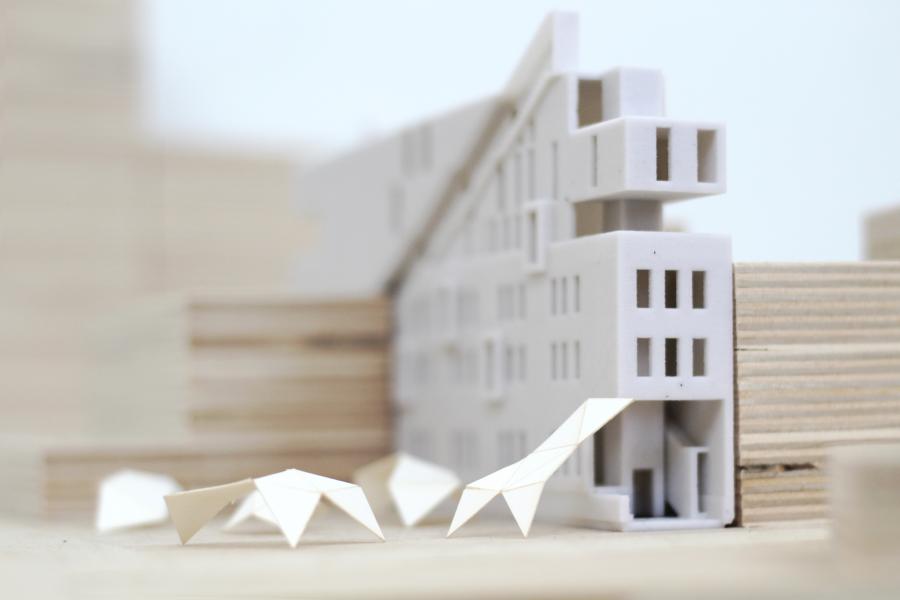
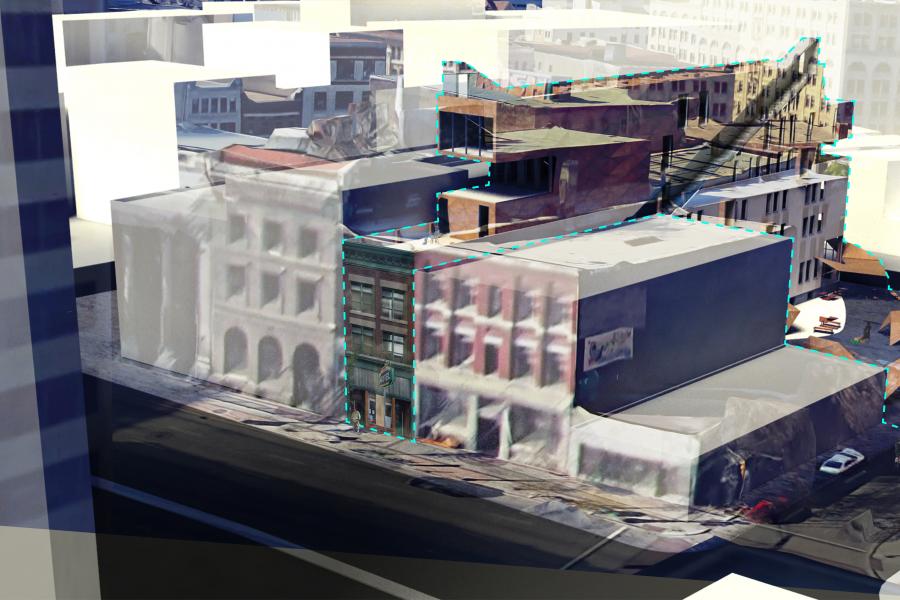
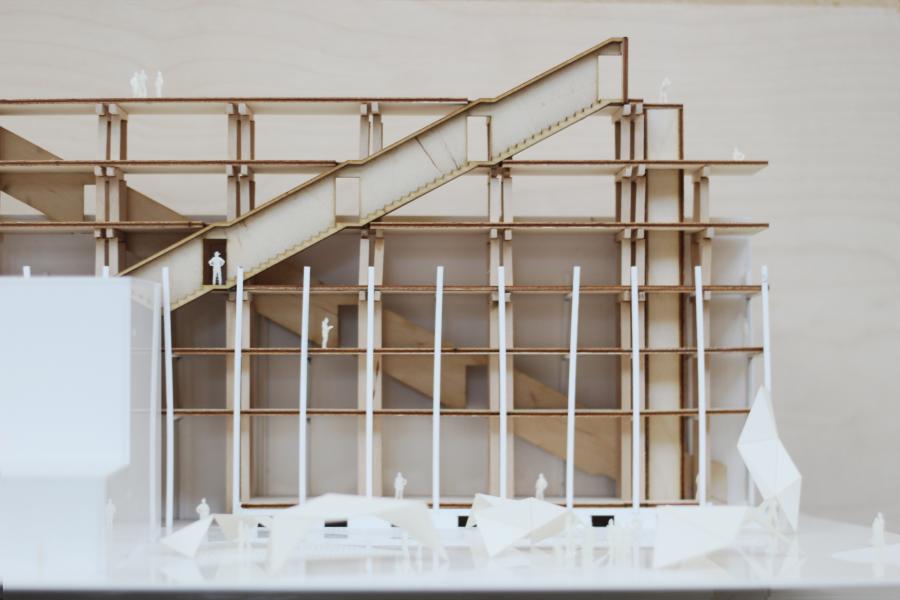
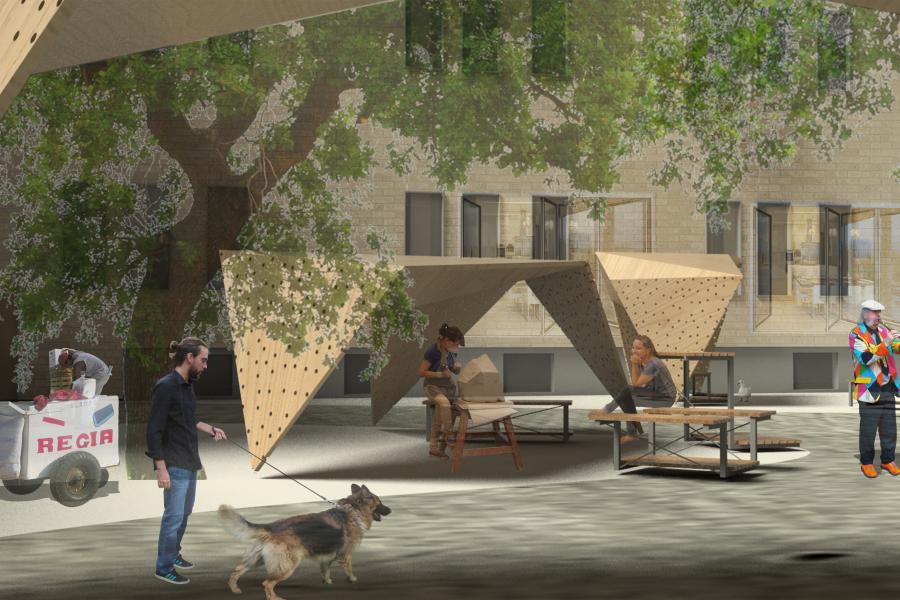
Expanding Thresholds: Connecting People Through Social and Cultural Barriers
In the heart of Winnipeg’s Exchange District, the Woodbine Hotel, one of the city’s oldest beverage rooms can be found. In addition to the main floor beverage room, the upper floors are filled with single room occupancy units with a wide range of inhabitants. The Woodbine Hotel acts as a social dwelling for a group of people that are often pushed to the periphery of contemporary society. Dwelling as an idea seeks to address a space that allows but also encourages life and interaction of the inhabitants.1 The community that inhabits the Woodbine Hotel route themselves towards space in which they feel the environment is meaningful to them and their life,2 moving through districts3 with which they have a lesser connection. The woodbine simultaneously acts as a node4 for this group, and a “safe nest”5 from the stratified social landscapes of the urban context in which it sits. It is at the boundary of this space, as it meets the city, that an opportunity exists to connect people through individual and collective social and cultural barriers that may be present within the city itself. By expanding the threshold between this “safe space” and the city, an architectural proposal might be able to create an area of gathering that merges and extends the space between the city and the unique socio-cultural domain of the Woodbine Hotel.
This proposal explores the connection of this area to the cultural hub of the Exchange and Old Market Square, and intends to foster a positive relationship between people of different social, economic, and cultural groups in this new territory. A vertical expansion of the residences and the addition of community resources throughout the building intend to give the inhabitants opportunities for community development and growth. A dialogue will be created between the historic building and a contemporary addition that intends to speak to the expansion of thresholds and blurring of the boundaries themselves. This thesis seeks to investigate the potential of architecture to expand the dwelling condition of this interior space out into the public realm and to create spaces in which the qualities of the interior can be brought to bear in the public realm.
1 Norberg-Schultz, Christian. "Genus Loci, Towards a Phenomenology of Architecture Rizzoli New York 1980 5." (2005).
2 ibid
3 Lynch, Kevin. The image of the city. Vol. 11. MIT press, 1960.
4 ibid
5 Hertzberger, Herman. Lessons for students in architecture. Vol. 1. 010 Publishers, 2005.
